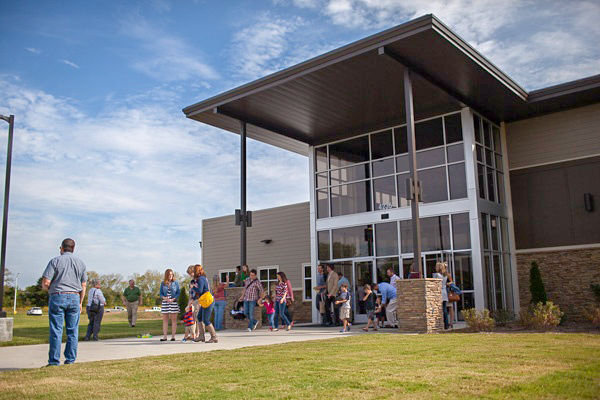You have probably heard the term value engineering before. But what exactly is it? And how does it work in your best interests as a buyer of construction services?
By definition, value engineering was born at General Electric during World War II. Shortages of skilled labor, raw materials and parts forced G.E.’s Lawrence Miles—the father of what he termed “value analysis”—to look for acceptable substitutes. Miles and his team noticed that these substitutions often reduced costs, improved the product, or both.
This systematic methodology was quickly recognized as a powerful approach to problem solving, and value engineering was adopted in many business sectors, including the construction industry. It’s a methodology championed by the team here at Dow Smith Company since we have found that two of the most important concerns of construction buyers is cost and schedule.
Value engineering is not a synonym for “cheap.” Properly applied, it’s a process for analyzing every material and system used in a building to determine where savings can be gained, without sacrificing quality or performance. Viewing a project through the lens of value engineering requires technical knowledge and skillful analysis by the designer and the builder. Benefits of short-term savings (materials and installations costs) are weighed against lifecycle costs (maintenance and replacement of materials over a building’s life).
According to construction industry experts, upfront construction costs account for a mere 11% of the total lifecycle cost of a building. That’s why early decisions have such a critical impact on the cost of ownership. Working together, designers and builders can share their experience and expertise to develop solutions that often result in a significant reduction of costs over the lifecycle—even if it means spending a little more at the time of construction.
We’ve found the greatest value can be achieved when every phase—from preliminary design and specifications to final detailing—is carefully planned, managed and monitored to optimize time, cost and labor efficiencies. When the design-build team works together from the beginning of a project, the right materials can be specified from the start, essentially avoiding unnecessary change orders and allowing the project to remain on schedule.
This approach enables us to provide our clients with as much building for the money as possible, while reducing the amount of “last minute” changes that can derail both the budget and the schedule.
Drawing on our decades of experience, the Dow Smith Team has learned to recognize smart and effective ways to manage building costs. To put this experience to work for you, give us a call or request a free consultation.






